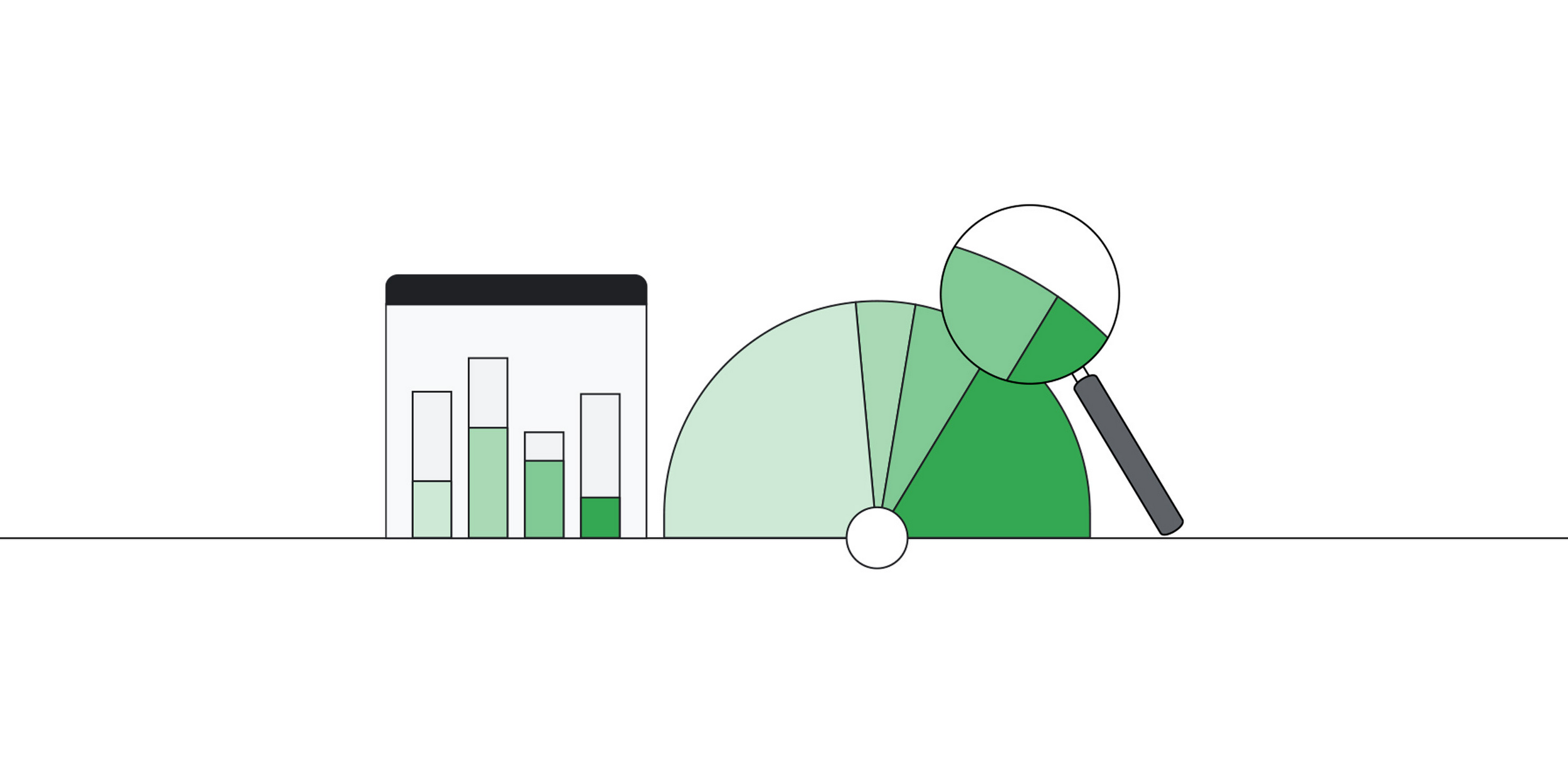Organizations like Tyson Foods, Renault, and Air Asia use real-time intelligence solutions from Google Cloud to transform their data clouds and solve for new customer challenges in an always-on, digitally connected world. And as more companies move their data processing to the cloud, Google Cloud Dataflow has become a popular choice.
Dataflow is a powerful and flexible data processing service that can be used to build streaming and batch data pipelines, from reading from messaging services like Pub/Sub to writing to a data warehouse like BigQuery. To help new users get started and master the many features Dataflow offers, we are thrilled to announce the Dataflow Cookbook.
This cookbook is designed to help developers and data engineers accelerate their productivity by providing a range of practical solutions to common data processing challenges. In addition to the recipes, the cookbook also includes best practices, tips, and tricks that will help developers optimize their pipelines and avoid common pitfalls.
The cookbook is available in Java, Python and Scala (via Scio), and organized in folders depending on what the use case is. Every example is self-contained and as minimal as possible, using public resources when possible so that you can use the examples without any extra preparation. Some examples you can find:
-
Reading and writing data from various sources: Dataflow can read / write data from a wide variety of sources, including Google Cloud Storage, BigQuery, and Pub/Sub. The examples on the cookbook cover the most common approaches when reading, writing, and handling data
-
Windowing and triggers: Many data processing tasks involve analyzing data over a certain period of time. Recipes cover how to use windowing functions in Dataflow to group streaming data into time-based intervals, as well as triggers.
-
Advanced topics: We have included more advanced pipeline patterns with StatefulDoFns and custom window implementations.
How can I get started?
We believe that this cookbook will be a valuable resource for anyone working with Dataflow. Whether you’re new to the platform and want to learn, or you are an experienced user that wants to speed up creating new pipelines by merging examples together. We’re excited to share our knowledge with the community and look forward to seeing how it helps developers and data engineers achieve their goals. The cookbook is available on GitHub. Get it there and let us know what you think!

